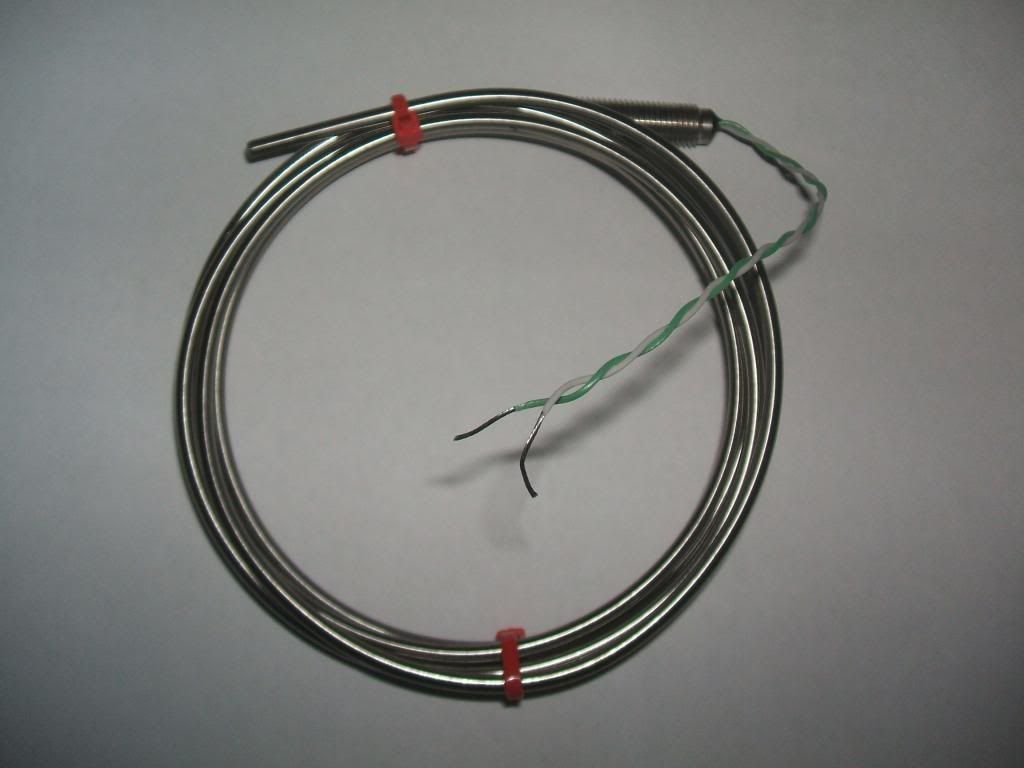Originally posted by Excalibur
View Post
Nice progress, you are on way to fully automize the plant. I was also thinking how liquid level will affect the temperature reading. Keep us posted with your progress!




Leave a comment: